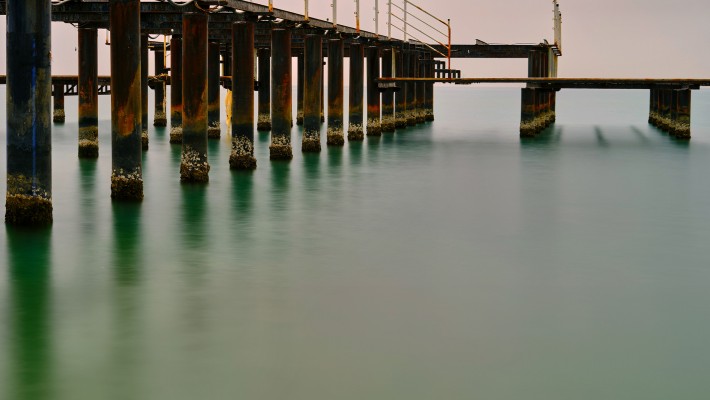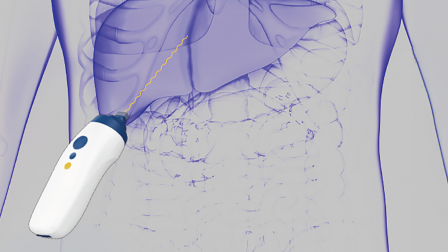Combating Corrosion
Coating biomineralised bacteria on marine infrastructure to keep it intact.
Coastal and marine infrastructure has been suffering from microbially induced corrosion (MIC) that leads to structural damage, such as cracking in concrete, and costs a global economic loss of around US$800 billion annually. By harnessing the natural process called biomineralisation, a research team has found an effective method to control MIC.
Most instances of MIC are related to sulfate-reducing bacteria (SRB), the most significant corrosion-causing microorganisms.
The research team led by Professor Li Xiangdong, Director of the Research Institute for Sustainable Urban Development at PolyU, finds that forming biomineralised films on concrete surfaces as a protective layer can control sulfate diffusion and isolate the concrete from SRB. The biomineralisation treatment effectively inhibits corrosion by reducing the total and relative abundance of SRB.
This protective mechanism significantly extends the lifespan of concrete structures. Moreover, the technique has no negative impact on the native marine microbial communities.

Professor Li Xiangdong
Dean of the Faculty of Construction and Environment
Director of the Research Institute for Sustainable Urban Development
Chair Professor of Environmental Science and Technology
Ko Jan Ming Professor in Sustainable Urban Development
The biomineralisation technique serves as an environmentally friendly coating method for controlling concrete corrosion, with minimal impact on the overall biofilm communities.
- Professor Li Xiangdong
An environmentally friendly method to control corrosion
“The biomineralisation technique serves as an environmentally friendly coating method for controlling concrete corrosion, with minimal impact on the overall biofilm communities.” said Professor Li Xiangdong.
This process not only reduces the carbon footprint and energy consumption of marine infrastructure throughout its lifespan, but also contributes to carbon neutrality and sustainability.
“If the biomineralised film remains intact, repainting the concrete structures is unnecessary. The utilisation of a single coating treatment eliminates the need for multiple treatments, further minimising the cost and carbon footprint,” added Professor Li.
The team’s innovative strategy has great potential for application in various corrosive environments, such as marine and sewage environments, and water cooling utilities, where concrete corrosion is induced by corrosive microorganisms.
The research was published in Environmental Science & Technology.
What is biomineralisation? |






